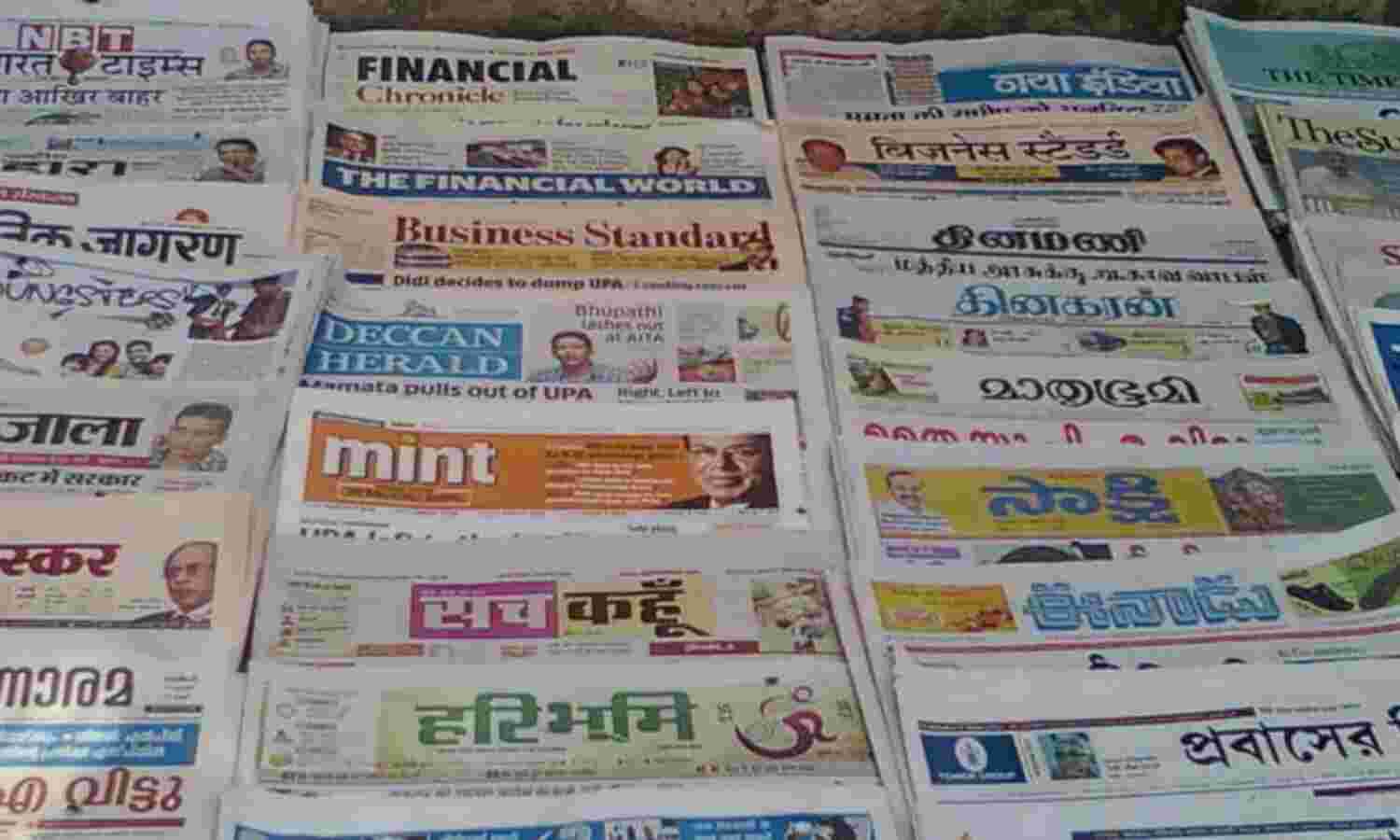India Down 2 Places In Press Freedom Index, BJP Troll Armies Indicted For Hate Speech

Mumbai: India fell two places to 138 of 180 countries in the 2018 World Press Freedom Index, compiled annually by Reporters Without Borders (RSF), an international NGO, down from 136 in 2017.
Countries that rank lower than India on human development indices, such as Haiti (60), Niger (63) and Sierra Leone (79), fared better on the index.
Among BRICS nations, Russia (148) and China (176) fared worse, while among the neighbours, India fared better only than Pakistan (139) and Bangladesh (146).
Hate speech “shared and amplified on social networks, often by troll armies in Prime Minister Narendra Modi’s pay”, and the pervasive threats and physical violence inflicted on journalists were cited as factors responsible for India’s fall in ranking, according to the report, released on April 25, 2018.
Three journalists were murdered over 24 hours in March 2018, including Sandeep Sharma, killed by a speeding truck when reporting on Madhya Pradesh’s ‘sand mafia’; and two journalists from the Hindi newspaper Dainik Bhaskar, who were hit by an SUV when returning from covering a Ram Navami march in Bihar.
The global ranking is a recognised measure of a country’s press independence and pluralism, the safety afforded to journalists when carrying out their work and the legislative framework supporting the media. Questionnaires are completed by media professionals, lawyers and sociologists experts worldwide and a score attributed to each country.
The rise in hatred
India has the 12th highest abuse score in the index (60.1), higher than Russia (55.8), Pakistan (49.7) and Myanmar (47.4). The indicator uses data on the intensity of abuse and violence against media actors to demonstrate the level of hostility faced by press in each country.
“A climate of hatred is steadily more visible in the index,” the report said, highlighting the online smear campaigns spearheaded by “the most radical nationalists, who vilify and threaten [journalists] with physical reprisals”.
Where physical violence is not used, mainstream journalists self-censor from criticising the government due to the threat of sedition by prosecutors invoking Section 124A of the Indian Penal Code, the RSF report said.
Three Indian journalists were murdered in connection with their work in 2017, RSF data show, including Gauri Lankesh who was shot outside her home in Bengaluru. Lankesh was a target of an online hate campaign.
India’s National Crime Records Bureau began recording attacks on journalists in 2014. During 2014-16, 189 attacks against journalists were registered nationwide, 14 in 2014, 28 in 2015 and 47 in 2016 (the last year for which data were available).
Between 2014-16, Uttar Pradesh registered the most attacks (67)--and only seven persons were arrested--followed by Madhya Pradesh (50) and Bihar (22). These three states accounted for 74% of cases nationwide. Madhya Pradesh reported the most arrests (66)--10 in 2014, 32 in 2015 and four in 2016.
India currently ranks 12th globally for impunity in murder cases against journalists, according to the Committee to Protect Journalists’ Impunity Index.
Hindu nationalists “trying to purge all manifestations of ‘anti-national thought’ from the national debate” are a further reason given for India’s deteriorating media environment, the RSF report said.
(Sanghera, a graduate of King’s College London, is an intern with IndiaSpend.)
We welcome feedback. Please write to respond@indiaspend.org. We reserve the right to edit responses for language and grammar.


